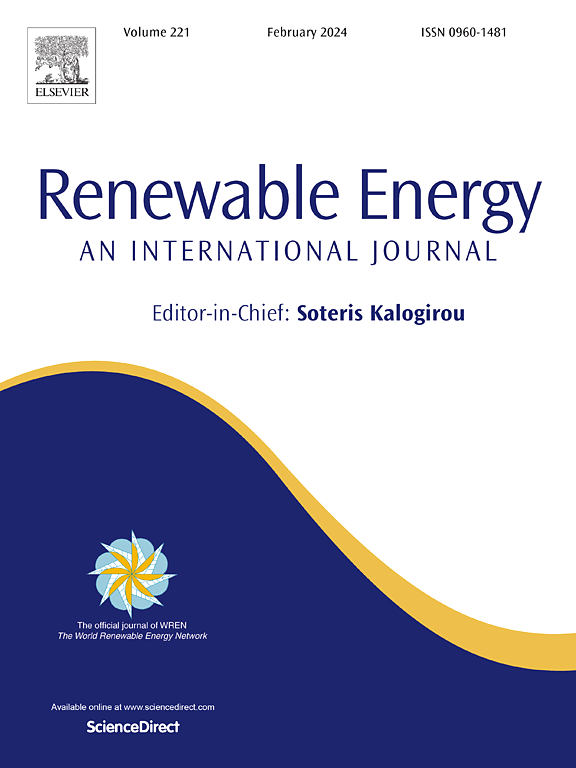Balancing water, power, and carbon: A synergistic optimization framework for mega cascade reservoir operations
IF 9
1区 工程技术
Q1 ENERGY & FUELS
引用次数: 0
Abstract
This study addresses the critical intersection of renewable energy production and carbon emission reduction in the context of intensified human activities and global climate change by proposing an innovative optimization framework for mega cascade reservoirs. Unlike traditional approaches that often prioritize hydropower output or carbon emissions, our framework uniquely integrates a multi-objective optimization model that simultaneously minimizes carbon emissions, mitigates flood risk, and maximizes hydropower output within the physical constraints of cascade reservoir operations. To assess the performance of various impoundment schemes, we apply the Technique for Order Preference by Similarity to Ideal Solution, demonstrating the model's versatility across different inflow scenarios using seven cascade reservoirs in the Yangtze River as case studies. Our findings reveal that, compared to practical operation scheme, the optimal scheme enhances hydropower output by 5.82 billion kW·h/a (5.32 %), increases water supply by 2.68 billion m³ (8.00 %), reduces carbon emissions by 17.31 GgC/a (14.66 %), and lowers carbon intensity by 0.63 kgCO2e/MW·h (15.22 %). This research advances theoretical frameworks for reservoir operations and offers practical implications for policymakers, enabling more informed decision-making to achieve sustainable development goals. The novel integration of water-carbon synergies within reservoir management contributes significantly to the discourse on sustainable energy systems and climate resilience.
求助全文
约1分钟内获得全文
求助全文
来源期刊

Renewable Energy
工程技术-能源与燃料
CiteScore
18.40
自引率
9.20%
发文量
1955
审稿时长
6.6 months
期刊介绍:
Renewable Energy journal is dedicated to advancing knowledge and disseminating insights on various topics and technologies within renewable energy systems and components. Our mission is to support researchers, engineers, economists, manufacturers, NGOs, associations, and societies in staying updated on new developments in their respective fields and applying alternative energy solutions to current practices.
As an international, multidisciplinary journal in renewable energy engineering and research, we strive to be a premier peer-reviewed platform and a trusted source of original research and reviews in the field of renewable energy. Join us in our endeavor to drive innovation and progress in sustainable energy solutions.
 求助内容:
求助内容: 应助结果提醒方式:
应助结果提醒方式:


